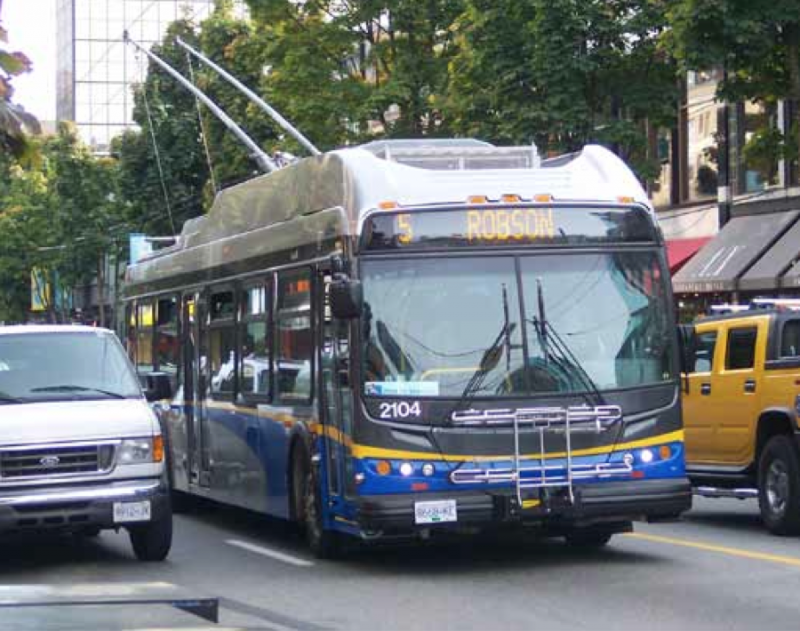Our comprehensive report on surveillance in Canada is available. Download it here.
Surveillance through Public Transit
- July 28, 2014

Many metropolitan cities are implementing card readers on public transit systems as a means to 'modernize' the delivery of public transit services. The most commonly stated justifications for moving to digital card readers on public transit are to improve bureacratic efficiencies and cut down on lost revenue from individuals who might be abusing the system. From Vancouver to Melbourne, these cities are requiring that users of public transit 'tap' their Radio Frequency Identification Device (RFID) equipped cards at checkpoints on public transit vehicles and throughways.
Vancouver Translink describes the features of their new Compass Card:
How does Compass Work? Simply tap your Compass card on a card reader every time you board a bus, West Coast Express, or at a SeaBus or SkyTrain faregate. Sit back, enjoy your ride, and remember to tap out when you exit. Compass will calculate your fare. (Descriptoin of the Compass card on translink.ca
Sounds easy, right? However, passive RFID cards used on buses place their users at checkpoints at specific times. Although they do not provide exact location or continuous data, they can approximate their position between these points during the trip.
The surveillance potential of such cards is enhanced if users are required to provide identification documents when purchasing the card. If the card is anonymous, the database will simply retain a unique identifier and an entry and exit code. Such simple data may be collected for management purposes--in order to maximize efficiency, for instance. But for added convenience or savings, some schemes allow users to pay after a trip. In these cases, users may be asked to open a personal account, which will be linked to individual trips. The resulting database holds data on all uses of public transit for all registered users.
The Vancouver Compass transit card is a hybrid of the two. Although users do not have to register and may use an anonymous card, they might choose to link their card to their identity for additional protection and convenience (for example, in case of a lost card or for automated renewal and tax receipts).
The implication is that so-called 'trace location' data when viewed alone in aggregate, but also along with data gleaned from other sources (such as mobile data for instance), holds the capacity to reveal a signifiant amount of information about one's personal life, including personal and group associations that can be mapped through geographical coordinates. It is not beyond technological capabilities and information-sharing arrangements to see how digitized public transit interactions could be used (particularly when integrated with other data sets) for purposes of social control, marketing, safety, and entertainment.





